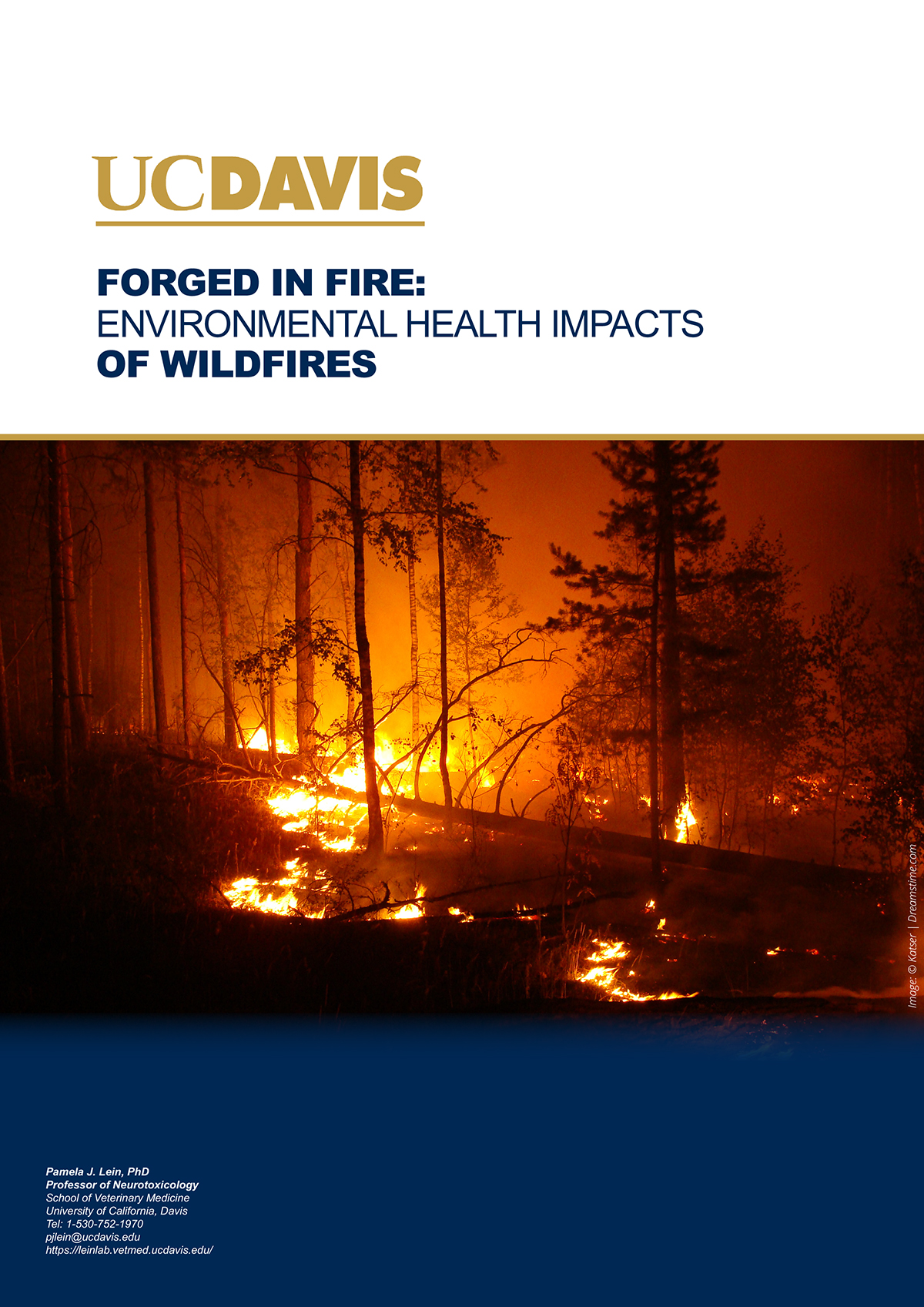Here, Professor of Neurotoxicology Pamela J. Lein discusses the environmental health risks of wildfires
With the changing climate, there have been 17 million wildfires since 2010. As the global temperature rises, more and more countries experience dangerous circumstances that lead to the right conditions for extreme weather events. In addition to the changing Earth, the prevalence of COVID-19 means that public health, especially in a respiratory way, is increasingly at risk.
Jon Heggie, battalion chief with the California Department of Forestry and Fire Protection, said: “We look at temperatures and burn indexes and days where we’re in high fire danger. And they definitely have increased – there’s no denying that. What was unprecedented before is now normal. And we’re seeing that it wasn’t a one-off for a few years. It’s happening every year.”
According to the experts, there is an intersection between wilderness and developed land, which is referred to as wildland-urban interface (WUI) – a place which is particularly vulnerable to wildfires. As the WUI increases across the US, there is more chance that human activity will ignite a wildfire.
The health impacts of wildfires are deep and terrible, with impacted populations often losing their homes and livelihoods. However, even where people retain their belongings, there is a risk that wildfire smoke will harm their general health. Wildfire smoke can actually damage multiple organ systems in the human body, as a wildfire tends to burn both organic and inorganic materials – leading to a combination of toxic fumes in the air, whilst ash covers the land.
The damage possible to vulnerable populations, which live in proximity to regular wildfire areas, is something that scientists are looking to navigate as wildfires increase across the globe.
If you want to know more about the latest research examining wildfires and their impact on human or environmental health, then read what the experts are saying.


